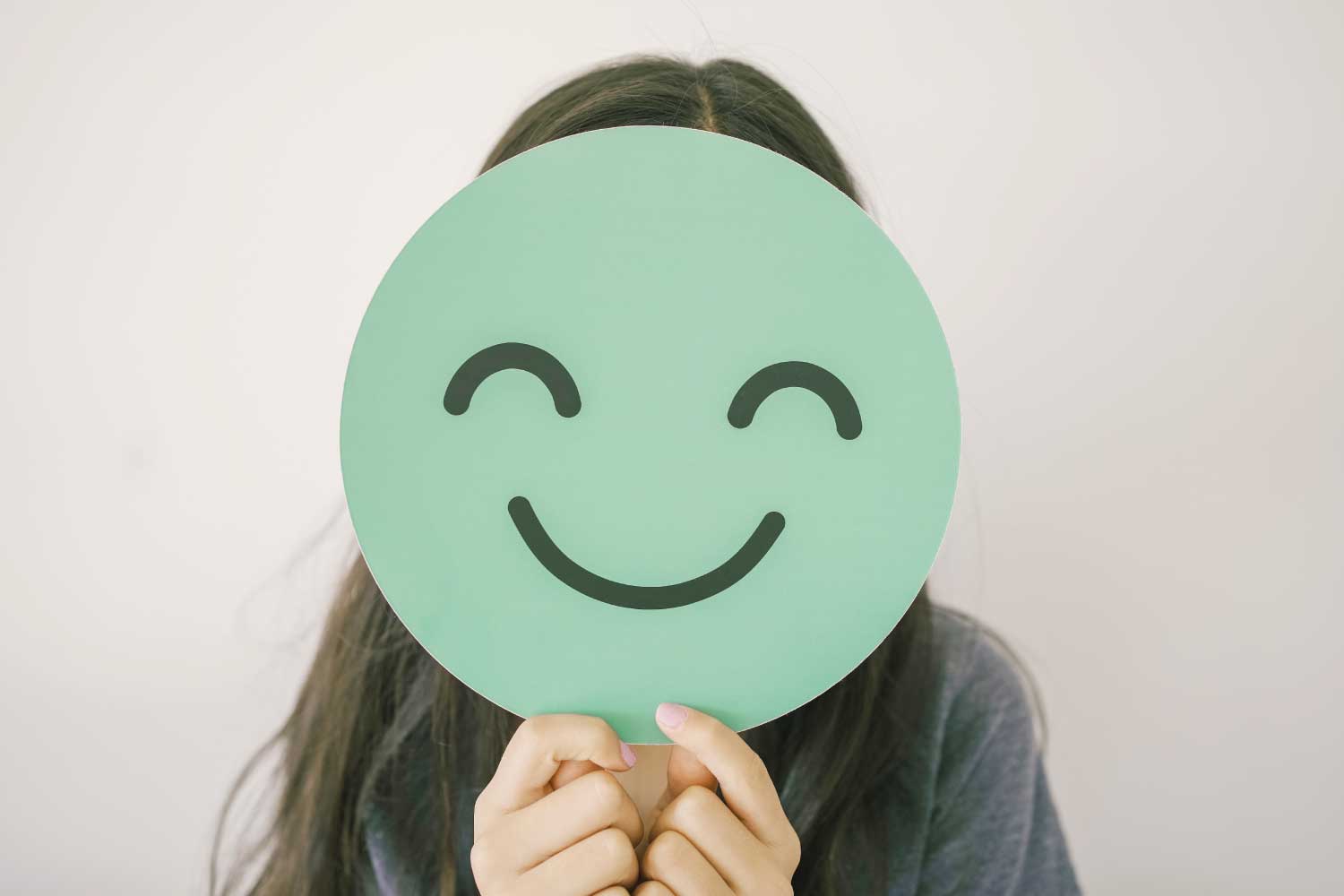Sample Preview
Welcome! This page introduces you to the Year 4 content for the CORE MH curriculum. Here is an overview of what is covered:
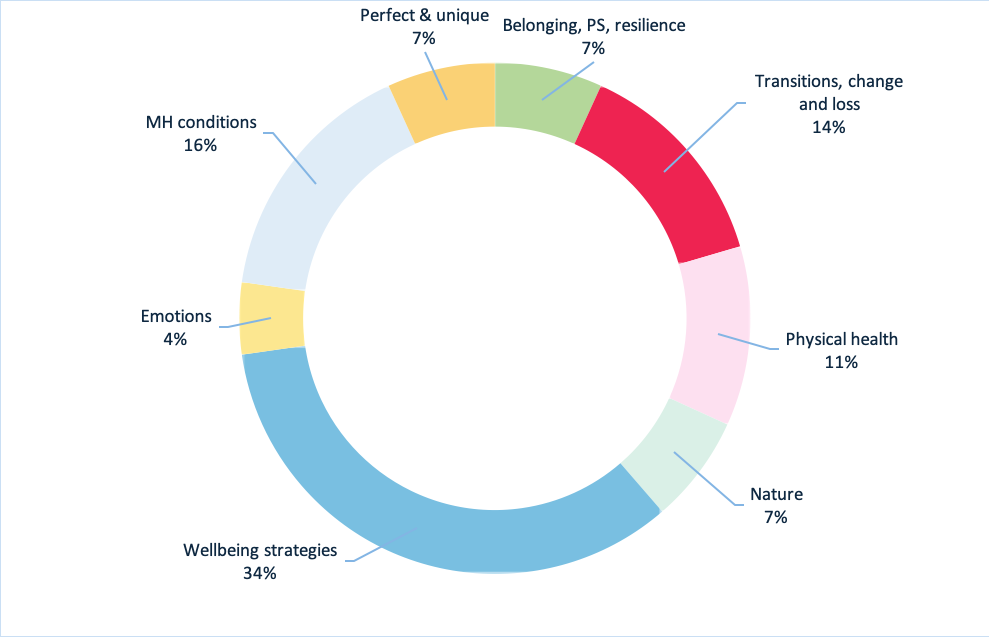
N.B. PS=Problem-solving
- Many of the following tasks will introduce children in Year 4 to a wide range of wellbeing strategies (34% of all the content), including mood journal exercises and mindfulness activities and even a peer-to-peer massage session (which research shows can have a variety of benefits, like the release of the hormone oxytocin).
- Children are taught more about depression, a light touch on self-harm and information about supporting a healthy body image and personal hygiene.
- Children are introduced to what obsessive compulsive disorder (OCD) and post-traumatic stress disorder (PTSD) are.
- There are more sessions than any other year about being perfect and unique as they are; building on self-esteem and self-worth at this age is crucial for supporting their mental health.
- There are sessions related to their physical health where they learn about the vagus nerve and the role it plays in relaxing the body and reducing the effects of stress on the body.
- N.B. THERE 44 WEEKLY SESSIONS WITHIN THIS CONTENT, WHICH IS MORE THAN THE NUMBER OF TEACHING WEEKS IN A YEAR (BECAUSE OF HALF TERMS AND HOLIDAYS). THIS IS TO ALLOW YOU TO MIX AND MATCH AND SELECT THE SESSIONS BASED ON WHAT CONTENT YOU THINK YOUR CLASS NEED.
Preparing for Year 4 CORE MH:
Here are some tasks that you can do to in early September (or whenever your school starts the CORE MH Curriculum) to support your class and their mental health: create a calm-down area in the classroom, make a visual timetable, source some mood journals, and find 3 self-assessment pots and counters (all the details are below):
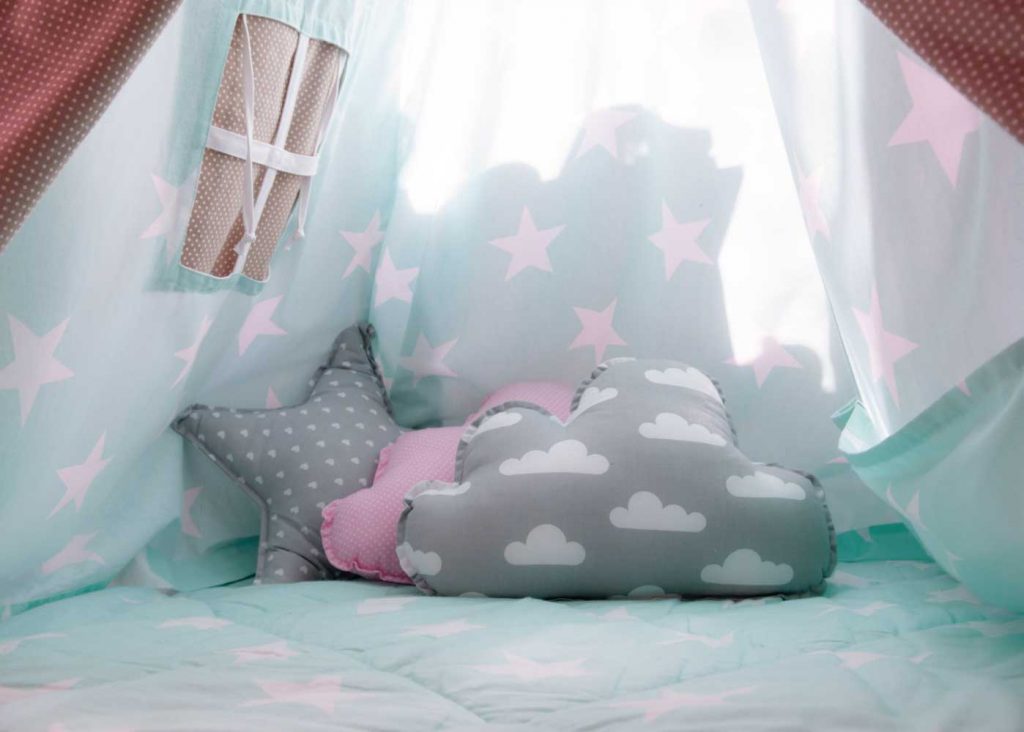
Create a calm-down area
The calm-down area can simply be a corner of your classroom that is a designated area for children to access if they feel the need to calm down. Ideally, this would consist of some comfortable chairs, a rug and a variety of resources for children to self-regulate and have access to sensory objects to soothe themselves.
Examples of Resources
- Soft toys to stroke, playdough to mould, rice in jars, variety of textures and fabrics
- Natural objects such as pebbles, shells, sorting trays with beads and buttons
- Headphones to provide quiet
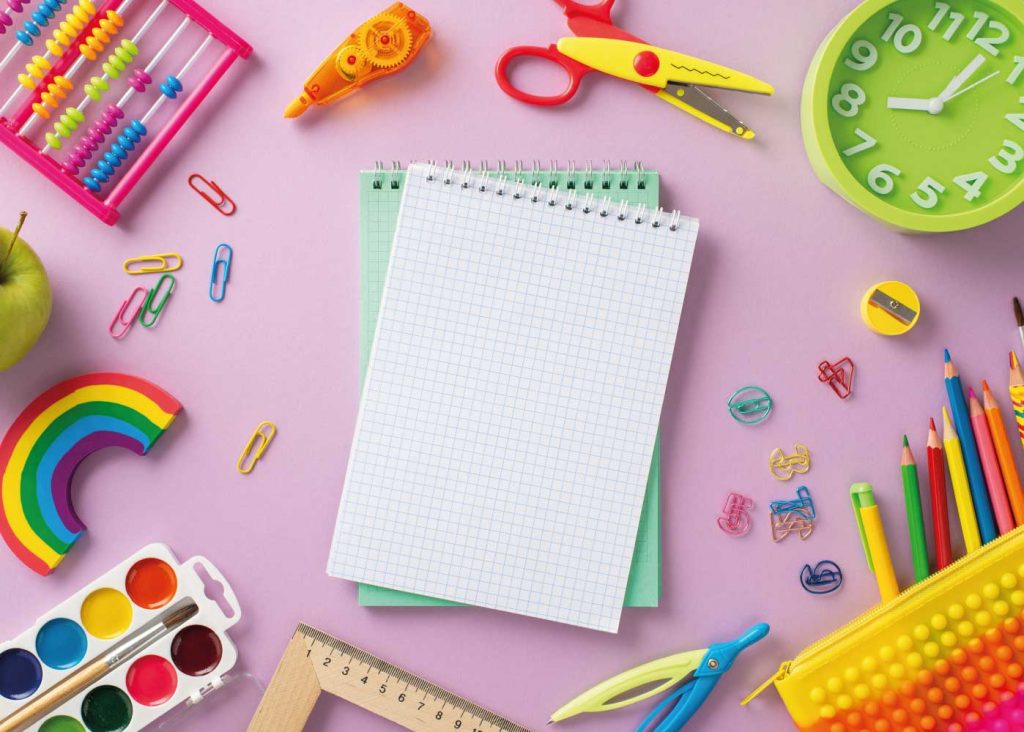
A Visual Timetable
Use of a visual timetable is recommended. Preparing one of these using cards and Velcro would be useful over the summer. This allows children to feel safe because they know what to expect and can prepare themselves a little for what the day ahead may be like.
Resources
- Velcro
- Card
- Pictures
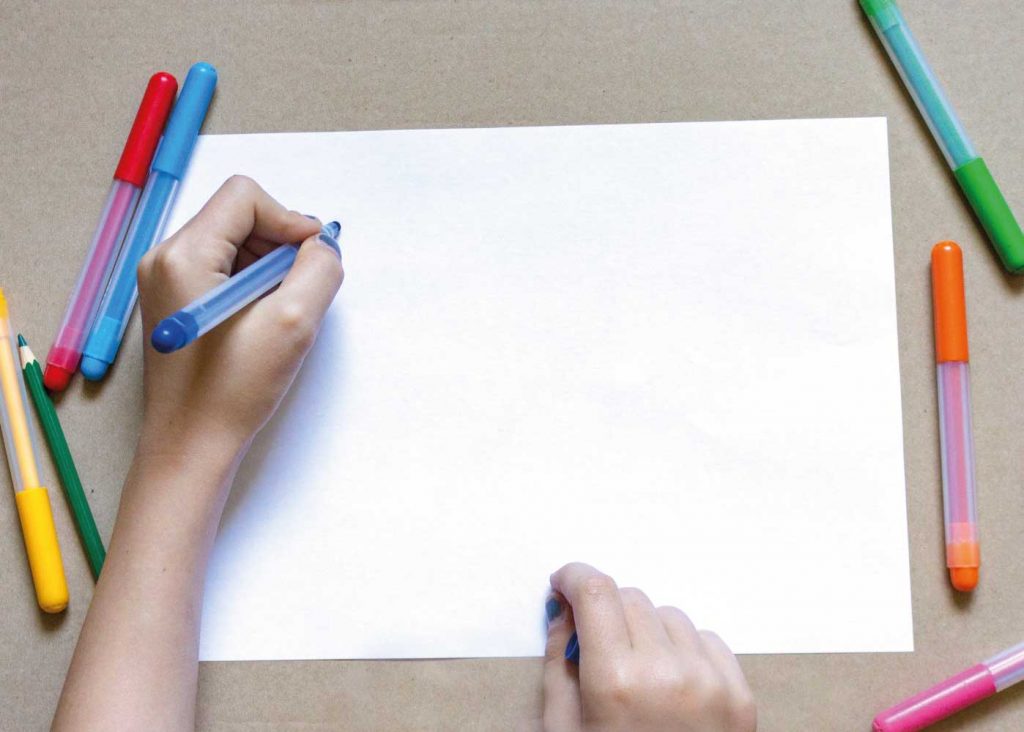
Source a Mood Journal
Please source a ‘mood journal’ (a book with plain paper) for every child prior to the start of the term (or ask them to continue to use the one from the previous year if there are still pages left in it). The mood journal is their own personal resource, so as a teacher you won’t mark it or even look at it, unless a child wishes you to. A child does not need to write, they can draw, doodle or just sit and reflect in their mood journal.
Resources
- A book with plain paper
- Previous mood journal, if applicable
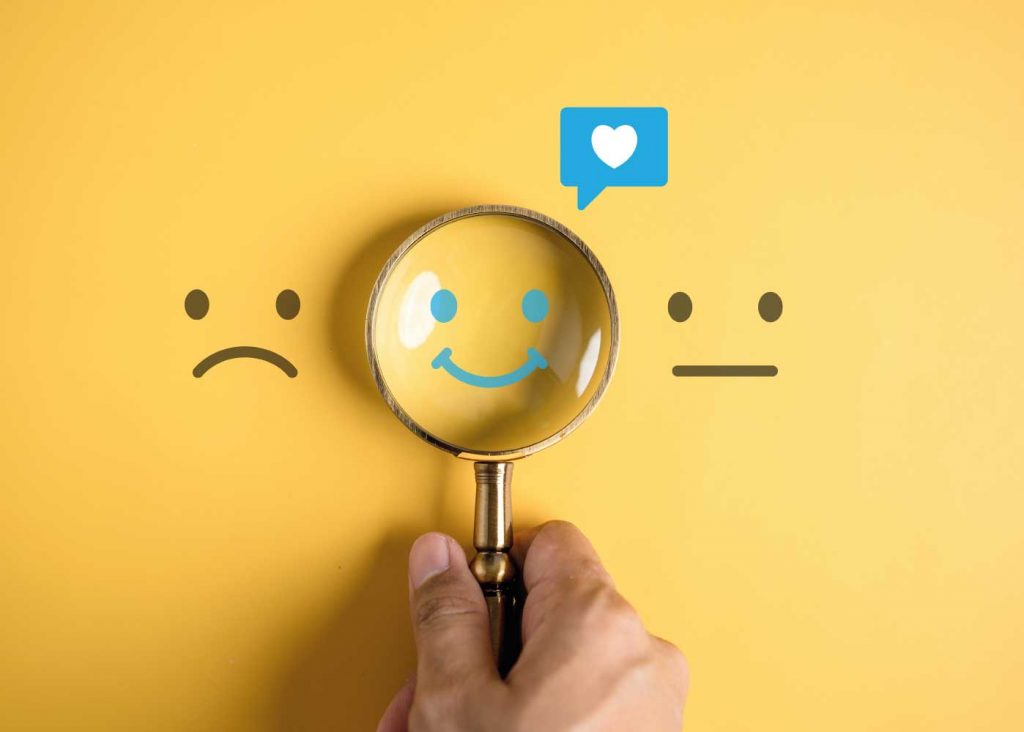
Make 3 Self-Assessment Pots
Make 3 self-assessment pots (SAPs) labelled with these words ‘Yes’, ‘Not sure’ and ‘No, not yet’, and find one counter for each child. This makes assessment easier for you and gives you a general idea of where the learning is in each session, for example, how many children felt they had (‘yes’) and hadn’t (‘no, not yet’) achieved the learning objective and how many children may have experienced confusion around the task (‘not sure’).
Resources
- Tins, jam jars or pencil pots
- Counters or coins
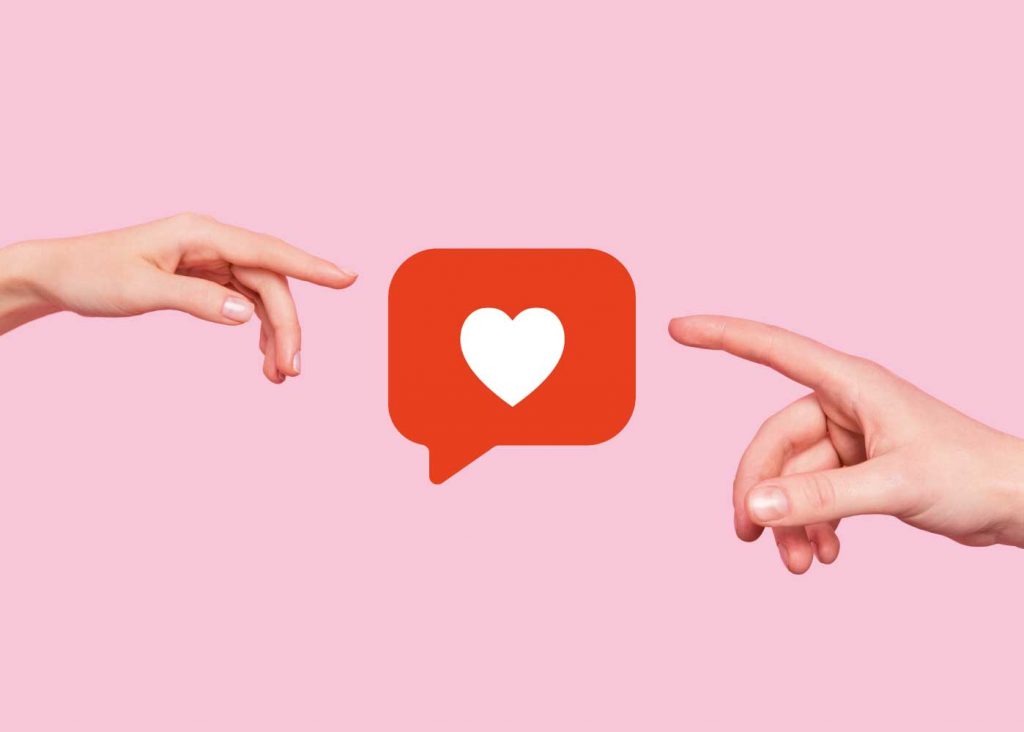
Provide Feedback
I would be very grateful if you could keep a record on the platform of how the sessions have gone, and how the children have interacted with the self-assessment pots.
What to record
- How many counters are in each pot
- Note on how you felt the session went
- Engagement levels
- Misconceptions
- Suggestions for improvement
Here is a list of all of the resources that you will need to deliver ALL of the Year 4 content: (for those of you that wish to be prepared! Otherwise, they are simple enough for you to collect each week) 🙂
- mood journals,
- a variety of art materials (paper, card, glue, scissors, paints, pens, crayons etc),
- dice template,
- box with mirror in the bottom,
- iPads or computers (for researching),
- ball of mixed colour wool,
- bowl of cooked spaghetti & plate of raw, uncooked spaghetti,
- playdough,
- sand,
- pebbles,
- a tray of gloop (cornflour mixed with a little water),
- cotton wool,
- chalk (or pastels),
- outline of a big backpack/person/tree on one of the classroom displays,
- Blu-tac,
- post it notes,
- Appendices 38-41
- Book: The Invisible String by Patrice Karst: The Invisible String: 1 : Karst, Patrice, Lew-Vriethoff, Joanne: Amazon.co.uk: Books
- sand,
- salt,
- flour,
- rice,
- balloons,
- funnels or teaspoons,
- a packet of Skittles sweets,
- warm water,
- white non-patterned plate or tray,
- timer,
- lots of stones (a variety of sizes, colours, shapes, and textures) collected from nature,
- xylophones, boom whackers or keyboards,
- hole-punch,
- elastic,
- mirrors,
- jam jars, glitter,
- 5 ice cube molds, 5 bowls, 5 chocolate bars in squares (and a non-dairy version if needed?), 5 spoons, raspberries, strawberries, blueberries and raisins,
- bowls of cold water and ice, towels.
